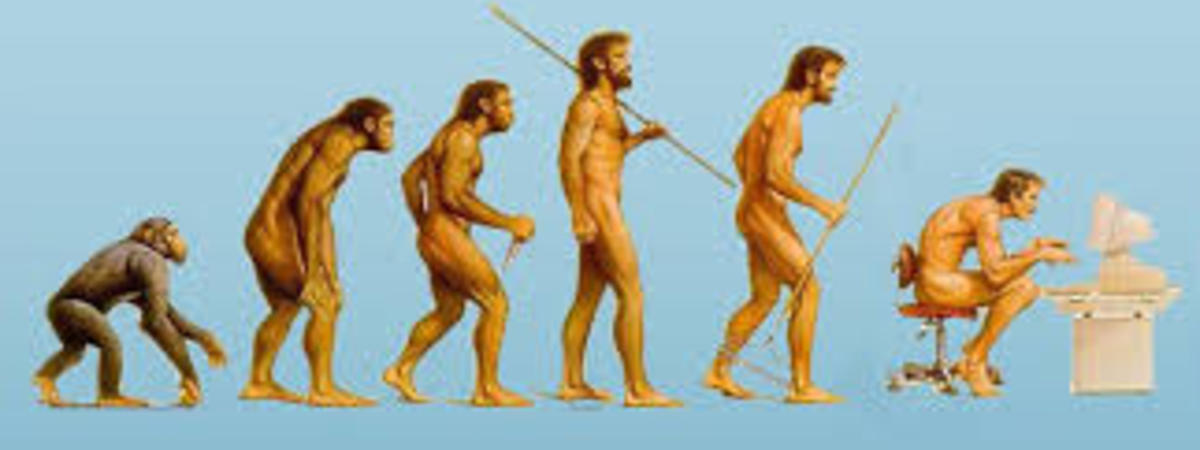
Our bodies are very good at postural short cuts. When faced with the effects of gravity and prolonged periods spent sitting at a desk, the path of least resistance tends to win. We develop postural patterns involving incorrect muscle use, increasing the tendency to move only through specific parts of the spine.
Body alignment controls what we can and cannot do - especially as we get older. Once we are out of correct alignment, tight muscles get tighter, weak muscles get weaker, and posture declines even further.
Finding poise and balance especially when sitting requires the use of postural muscles which can become out of tune leaving us to compensate with excess tension and often in a slumped position. Postural anomalies developed at work or during repetitive tasks – eg. carrying children, driving and computer use - can be passed over to other activities. As our patterns become more entrenched we become more vulnerable to injury. Retraining takes time, and early recognition of poor posture can be of huge benefit.
What are the consequences of poor posture?
- Low back pain
- Neck pain
- Shoulder pain
- Headaches
All of these problems are as a result of muscular imbalances in and around the spine and pelvis.
What can be done to improve posture?
At work
- Move more – regularly use and stretch the joints and muscles to their full range of motion, particularly the spine and hips.
- If you work at a desk or drive a lot, make sure your setup is ergonomically efficient.
- Don’t cross your legs when sitting.
Standing
- Keep your weight primarily on the balls of your feet.
- Keep both knees slightly bent.
- Draw your stomach muscles in and squeeze your glutes.
- Keep your chest bone up and shoulders open.
- Maintain length in your back and neck.
Lying
- Find the mattress that suits you. While a firmer mattress is generally recommended, it may not suit everyone. Some people prefer a softer mattress and find that it gives them less back pain.
- Use the correct pillow for your sleeping position. Depending on whether you are side sleeper or back sleeper, you may want a slightly different pillow.
Exercise and treatment
- Activity such as Pilates and treatment such as Sports Massage can help, and work together, to improve movement and posture.
- The soft tissue techniques of sports massage can lengthen tight muscles, restore joint movement and give pain relief. Sports Massage encourages the body's own optimal natural healing and is able to assess restriction in the muscles and range of movement in the joints, providing valuable information that will assist in injury recovery and prevention of injury especially in an ongoing treatment programme. Sports Massage provides a hands-on accompaniment to specific exercises of Pilates.
- Pilates exercises reduce tension by focusing on correct postural alignment. Strengthening and stretching of the body is done using controlled movements that re-educate the body to provide easier movement and improve postural health.
- Pilates and Sports Massage work together for the same goal of improved movement and improved posture. Both Pilates and Sports Massage review how we control physical movement and sustain our posture; improving structure, function and well-being.
